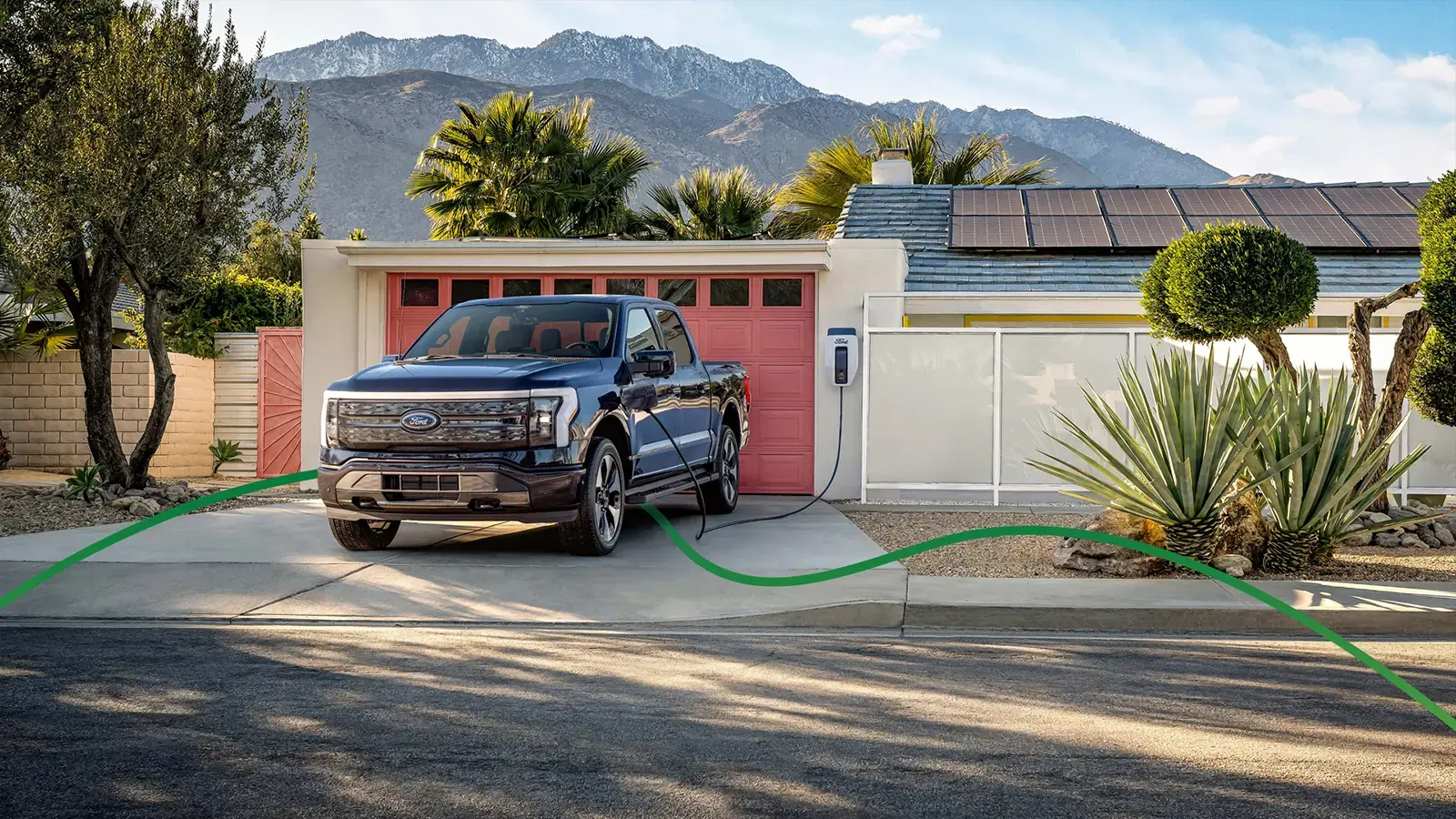EV Range and Cold Weather
If you’ve driven an electric vehicle (EV) during winter months, you may have noticed a frustrating trend: your range drops, and sometimes significantly. This isn’t a flaw in your vehicle. It’s a well-understood phenomenon tied to how batteries operate in low temperatures.
This article breaks down why EVs lose range in the cold, how much you can expect it to affect your driving, and practical ways to minimize the impact.
The Science Behind Cold Weather Range Loss
EVs run on lithium-ion batteries, which are highly sensitive to temperature. Cold weather affects your EV in two major ways:
Reduced Battery Efficiency
In freezing temperatures, the chemical reactions inside your battery slow down. This:
- Reduces the amount of energy the battery can delivery
- Increases internal resistance
- Limits regenerative braking efficiency
Want to learn more about EV batteries, check out How EV Batteries Work
More Energy Demand from Climate Systems
Your EV doesn’t have an engine that generates residual heat. To warm the cabin, it must use the battery to power electric heaters. On cold days, climate control can be one of the largest energy drains in your vehicle.
Other power-hungry winter features:
- Heated seats and steering wheel
- Defrosters and windshield wipers
- Battery warming systems
How Much Range Can You Lose?
Range reduction varies by model, battery size, and usage, but studies show:
- 20 to 40 percent range loss is common in sub-freezing conditions
- Some vehicles (especially older models or those without heat pumps) may lose more
According to AAA, at 20°F (-6°C), the average EV’s range drops by 41 percent when climate control is on. At 95°F (35°C), range drops by about 17 percent.
Want to understand how your driving style also plays a role? Check out How to Maximize Your EV Range: Tips for Everyday Driving

Real-World Example
Let’s say you drive a Hyundai IONIQ 5 rated at 303 miles. On a 20-degree morning:
- Battery inefficiency might reduce range by 20 percent
- Climate control and heating may draw another 15 percent
- Estimated real-world range: ~200–220 miles
- This is still plenty for most daily driving, but long trips may require additional planning.
Tips to Maximize EV Range in Cold Weather
Precondition your EV
Heat the battery and cabin while plugged in. This reduces battery strain during departure.
Use seat heaters instead of cabin heat
They’re more efficient and consume less energy.
Drive in Eco Mode
Many EVs offer modes that reduce acceleration and energy use.
Keep your battery charged
In cold weather, it’s best to stay above 20 percent and charge to 80–90 percent if possible.
Park indoors when possible
Garages or heated parking areas help maintain a warmer battery.
Use scheduled charging
Time your charging to finish right before departure so the battery is already warm.
Vehicle Technology Makes a Difference
Some EVs come with heat pumps, which provide more efficient cabin heating than traditional resistive heaters. If winter range is a concern, look for this feature when shopping.
Tesla, Hyundai, Kia, and others now offer heat pumps on select models.
Final Thoughts
Cold weather can cut your EV’s range, but with smart driving and charging habits, the impact can be minimized. Preconditioning, managing heater use, and choosing the right EV features go a long way in preserving performance during winter.
EV ownership in colder climates is entirely practical; you just need to understand how the seasons affect your battery and adjust accordingly.
Ready to Keep Learning?
Continue exploring EV Range fundamentals:
← Go Back: Understanding MPGe and Efficiency in Electric Cars
Discover Next: How to Maximize Your EV Range: Tips for Everyday Driving →












